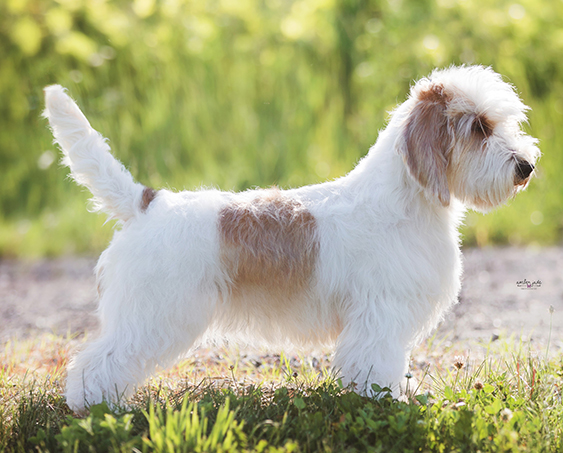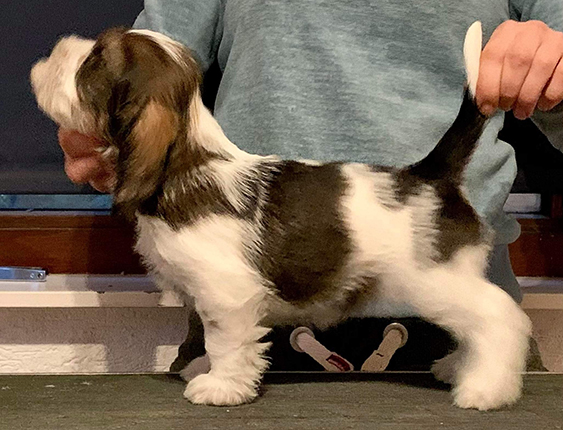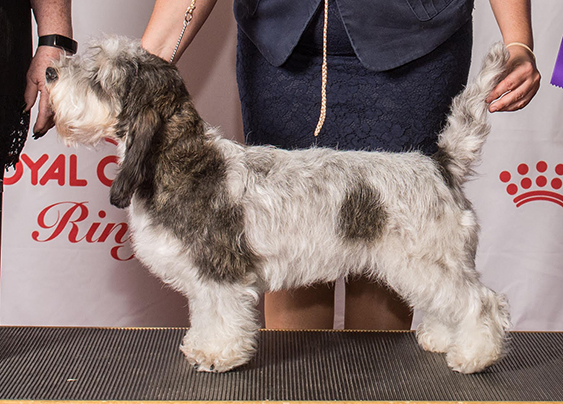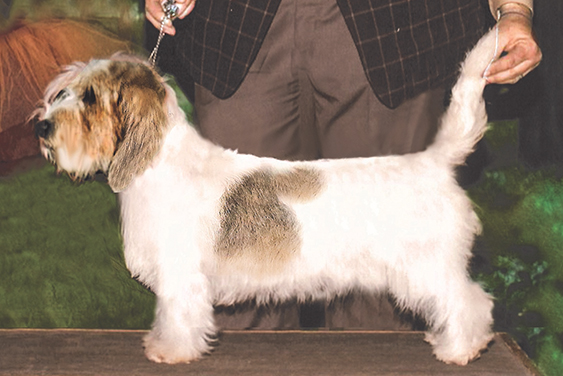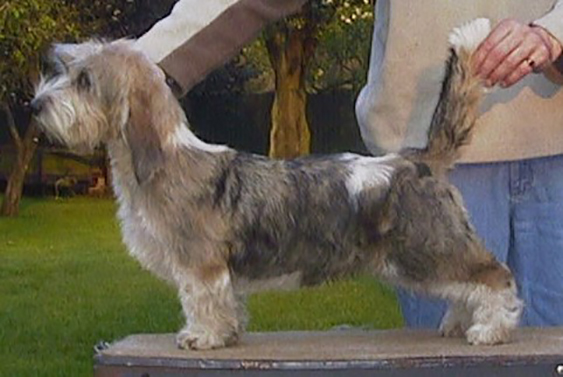Balance is Not Subjective
by Jan Zigich (2021)

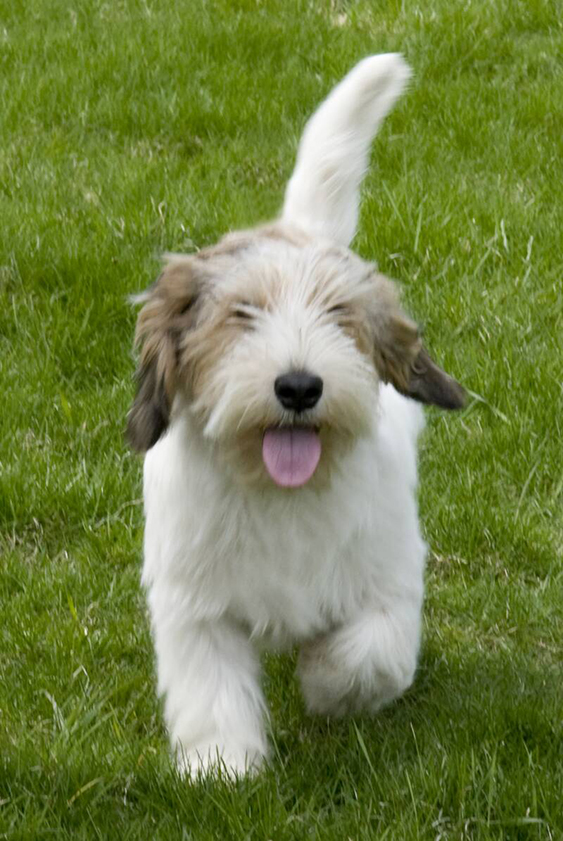
Responsible Dog Breeding
- Are You Ready to Breed?
- Health Testing & Informational Resources
- Select/Find Breeding Stock
- Getting the Bitch Pregnant
- Whelp Preparation
- Raising the Litter
- Educational Videos
- Paperwork (Potential New Puppy Owners, Pack Puppy's Suitcase, Other Info (e.g., grooming, pet trusts, and more)
- Breeder's Community
- Return to Responsible Dog Breeding
Balance is Not Subjective
By Jan Zigich, 2021
As with any purebred dog, the breed stan- dard has an efficient description of balance. The balance must maintain the form and function of the breed. This is exactly how one should evaluate the Petit Basset Griffon Vendéen (PBGV) too. When you see a PBGV, the balance is as important as when evaluating a Dane or a Chihuahua… It should be the image of the standard. You need enough leg for quick movement, a compact body for agile manipulation on the hunt, and the length of neck needed to give a PBGV the ability to get down to where the scent is wafting.
As a starting point, at one year of age the PBGV should measure between 13 and 15 inches at the withers. A deviation from this height requirement is the only disqualification in the breed and should be a prominent part of an accu- rate evaluation. Structural faults common in all breeds are as undesirable in the PBGV as in any other breed.
When viewed in profile, the US standard describes PBGV balance as “…somewhat longer than tall when measured from point of shoulder to buttocks, as compared to the height from withers to ground.” Nowhere in the standard is “long and low” used to describe the breed. Too often a PBGV is, unfortunately, described as a hairy Basset breed. This is an inaccurate description of this agile hunter. As a breeder, when I review my dogs, it is most important that I find a ratio of 1:1.25 to 1:1.3 at eight weeks. This ratio will offer me a mature PBGV, meeting my ideal balance.
Exmples of Ideal Balance Ratios
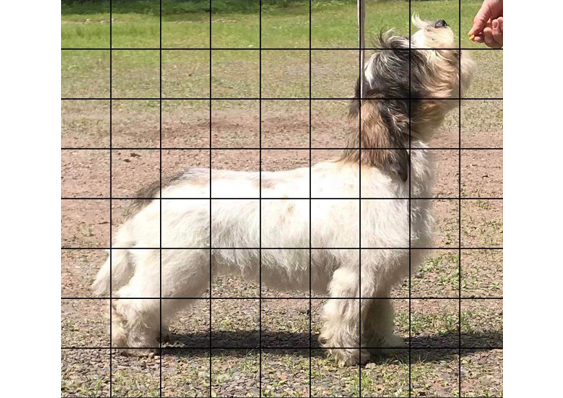 Amy's ratio is 1:1.25
Amy's ratio is 1:1.25
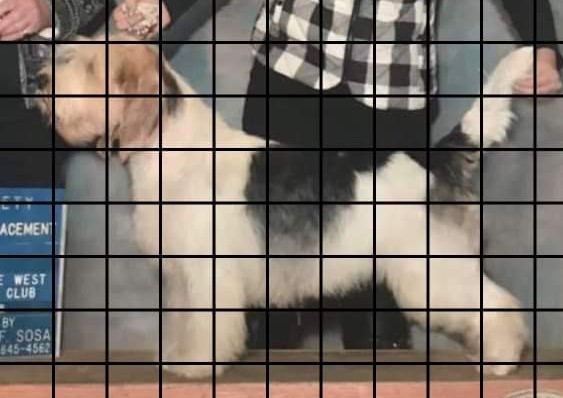 Diesel's ratio is 1:1.3
Diesel's ratio is 1:1.3
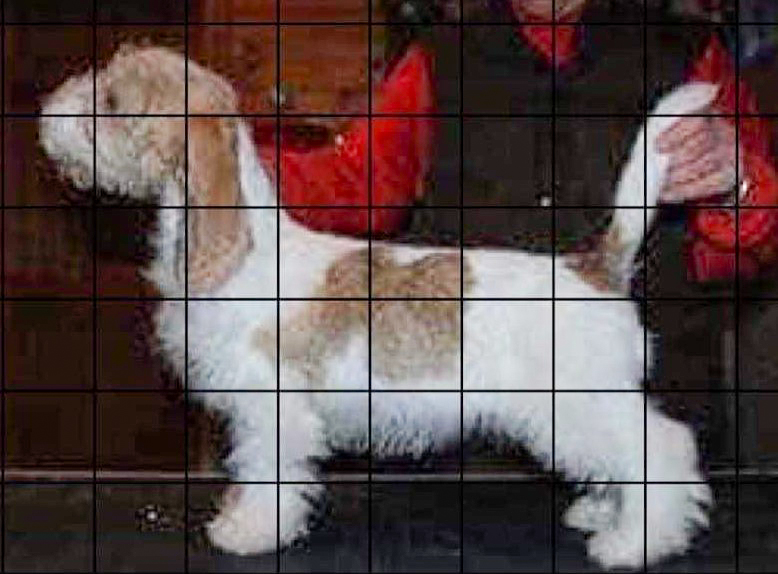 Jelly's ratio is 1:1.3
Jelly's ratio is 1:1.3
Three Examples of Correct Balance
Two Examples of Incorrect Balance
Length of leg is key to balance and it is a contributing factor when a dog is in the field, in the performance ring or moving around a breed ring. The length of leg from elbow to ground should be “…slightly more than half the height from withers to ground.” The confusion may be with the descriptor “slightly,” but take the word at its value. An active hunter needs length of leg, a short loin, and a balanced body that can sustain hours in the field. A PBGV lacking correct balance (low on leg or low and long in loin) would find it difficult to maintain the stamina needed to work the field.
A proudly carried head, in balance with the body, completes the overall picture. Heavy head, long or low set ears or a muzzle that overwhelms the backskull will definitely disrupt the presentation of a balanced PBGV. In ratio, the PBGV head should be longer than its width by a ratio of two to one. Ears should be set on slightly below the line of the eye and reach almost to the end of the muzzle.
Hair can be deceiving too, so it is just as important to do a thorough tactile review to “feel” proportions—head, ears, body, and tail.
 Example of Head Structure
Example of Head Structure
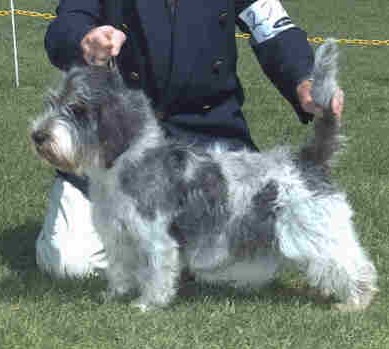
A mature PBGV with abundance coat - a tactile review is necessary to determine correcty balance.
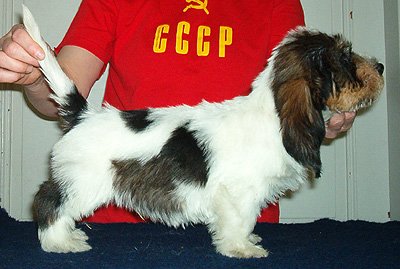
A PBGV puppy also should be evaluated thoroughly when determing balance - coat can hide a great balance.
